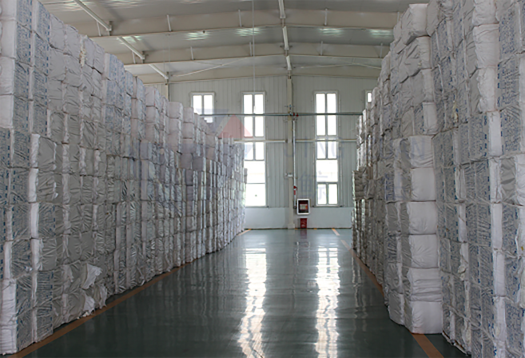
Aug . 15, 2024 19:05 Back to list
Exploring the Relationship Between HPMC Concentration and Its Impact on Viscosity Properties
Understanding HPMC Viscosity Importance and Applications
Hydroxypropyl methylcellulose (HPMC) is a versatile and widely used polymer in various industries, ranging from pharmaceuticals to food production. One of the critical properties of HPMC that significantly influences its effectiveness in these applications is its viscosity. In this article, we will explore HPMC viscosity, its measurement, factors affecting it, and its relevance in different sectors.
What is Viscosity?
Viscosity is a measure of a fluid's resistance to flow. In simpler terms, it describes how thick or thin a liquid is. For HPMC, viscosity is a crucial property because it determines how the polymer behaves in solution and affects its performance in various formulations. The viscosity of HPMC solutions can vary dramatically depending on several factors, including the concentration of HPMC, the presence of solvents or additives, and the temperature.
Measuring HPMC Viscosity
The viscosity of HPMC can be measured using several methods, with the most common being the use of a viscometer. Different types of viscometers (e.g., Brookfield, rotational, and capillary viscometers) offer varying degrees of accuracy and applicability. The measurement conditions, such as temperature and shear rate, are essential for obtaining reliable viscosity data. Standardized methods are critical for ensuring consistency across different research and industrial applications.
Factors Influencing HPMC Viscosity
Several factors can influence the viscosity of HPMC solutions. Firstly, the concentration of HPMC plays a significant role; higher concentrations typically lead to higher viscosities. The degree of substitution—the ratio of hydroxypropyl to methyl groups on the cellulose backbone—also affects viscosity. For instance, HPMC with a higher degree of substitution tends to exhibit lower viscosity due to reduced intermolecular interactions.
hpmc viscosity

Temperature is another critical factor. As the temperature increases, the viscosity of HPMC solutions usually decreases, making them flow more easily. Conversely, cooling a solution can increase its viscosity. Additionally, the presence of other ingredients, such as salts or surfactants, can alter the viscosity, making it necessary to consider the entire formulation in industries that utilize HPMC.
Applications of HPMC Viscosity
1. Pharmaceuticals In the pharmaceutical industry, HPMC is widely used as a binder, film-former, and controlled-release agent in tablet formulations. The viscosity of HPMC affects the release profile of active ingredients, making it essential for drug delivery systems.
2. Food Industry HPMC acts as a thickener, emulsifier, and stabilizer in food products. The viscosity helps maintain texture and consistency in sauces, dressings, and baked goods. Its ability to form gels also finds applications in gluten-free products and vegan alternatives.
3. Construction In construction, HPMC is used in cement-based materials and adhesives. The viscosity of HPMC influences the workability and consistency of mortars, allowing for better application and bonding properties.
4. Cosmetics and Personal Care HPMC is added to creams, lotions, and shampoos for its thickening and stabilizing properties. The viscosity contributes to the product's texture and application feel, impacting consumer acceptance.
Conclusion
Understanding HPMC viscosity is crucial for optimizing its use in various applications. The intricate relationship between viscosity, formulation ingredients, and environmental conditions demands careful consideration during product development. As industries continue to innovate and seek improved solutions, the role of HPMC—and its viscosity—will undoubtedly remain significant. By comprehensively understanding and manipulating HPMC viscosity, manufacturers can enhance product performance, meet consumer needs, and drive industry advancements.
-
Versatile Hpmc Uses in Different Industries
NewsJun.19,2025
-
Redispersible Powder's Role in Enhancing Durability of Construction Products
NewsJun.19,2025
-
Hydroxyethyl Cellulose Applications Driving Green Industrial Processes
NewsJun.19,2025
-
Exploring Different Redispersible Polymer Powder
NewsJun.19,2025
-
Choosing the Right Mortar Bonding Agent
NewsJun.19,2025
-
Applications and Significance of China Hpmc in Modern Industries
NewsJun.19,2025







